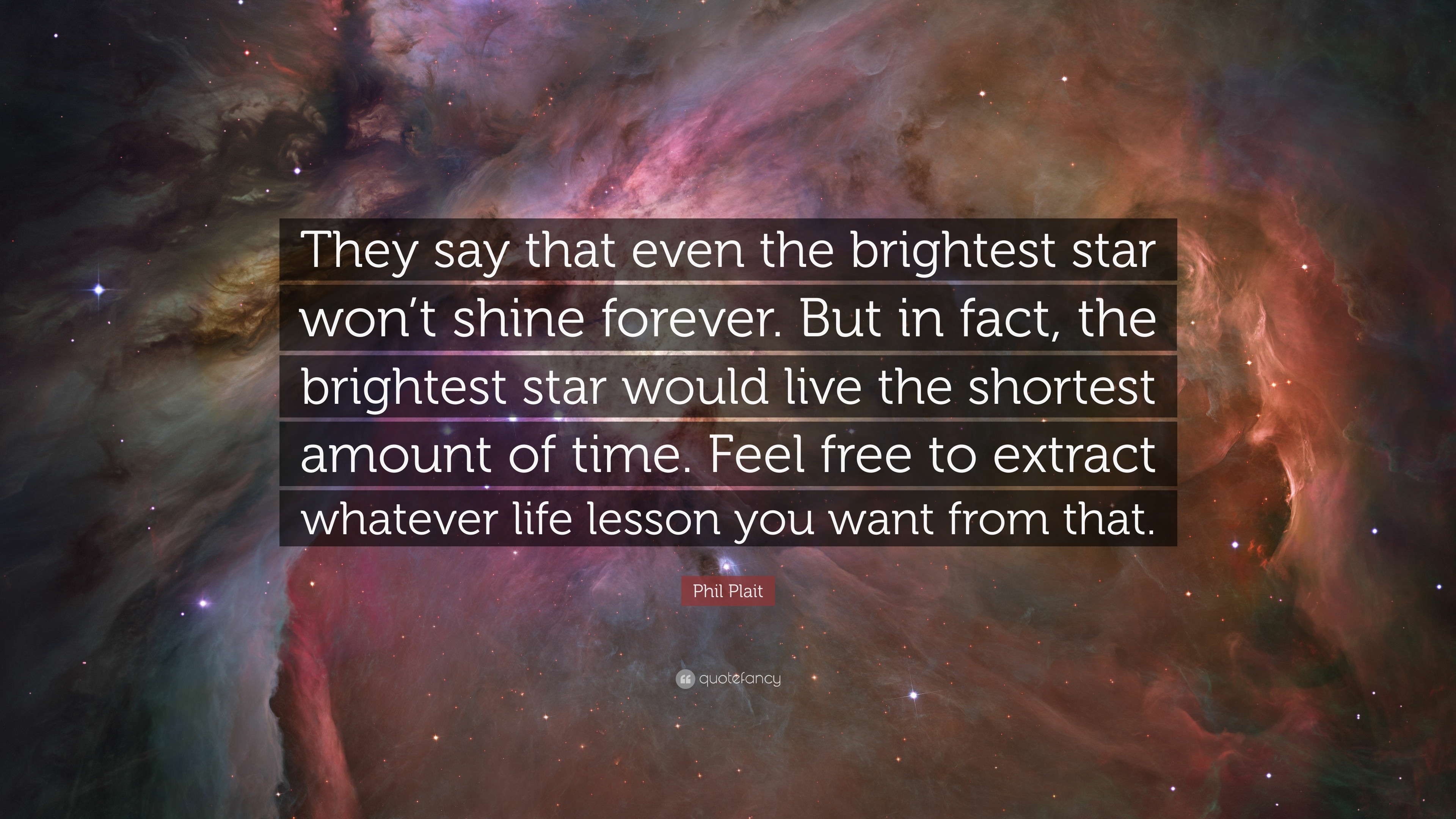Stars do not shine forever instead they typically burn out after several billion years

Stars: A Finite Brilliance

Stars have been captivating the human imagination since time immemorial. These celestial bodies, scattered across the vastness of space, have always been a symbol of light, hope, and infinity. However, the reality is rather different. Stars, despite their captivating brilliance, do not shine forever. Instead, they typically burn out after several billion years.
While stars may appear immortal from our perspective, they are not exempt from the cycle of life and death that governs the universe. Eventually, even the brightest stars succumb to their own inevitability. This fact of cosmic existence, which may seem disheartening, is actually a testament to the intricacies and wonders of the universe.

To understand why stars burn out, we must delve into the mechanics of their existence. Stars are primarily massive balls of gas, primarily hydrogen and helium, held together by their own gravitational force. The overwhelming pressure and temperature at the core of a star initiate the process of nuclear fusion, where hydrogen atoms collide and fuse together to form helium atoms. This fusion process releases a tremendous amount of energy, which is what we perceive as the shining brilliance of a star.
However, the stars are not immortal. They have a finite supply of hydrogen fuel at their cores. Over time, as the hydrogen gets depleted, the star’s energy production begins to decline. As a star exhausts its hydrogen fuel, it undergoes a metamorphosis, often referred to as a “mid-life crisis” in stellar terms. This stage is known as the “Red Giant Phase.”
During the Red Giant Phase, the star expands significantly, becoming larger and brighter. While the phrase “red giant” may sound enchanting, it signifies that the star’s core is no longer efficiently producing energy through hydrogen fusion. Instead, in the stellar core, helium atoms undergo fusion to form heavier elements like carbon and oxygen. This fusion process releases less energy and causes the outer layers of the star to puff out.
As a Red Giant, the star’s outer layers ripple and undulate, causing the star to pulsate in brightness. Eventually, the star’s outer layers lose considerable mass through stellar winds, and what remains collapses inwards under its gravitational force. This collapse initiates an intense explosion called a “supernova.” During a supernova, the star releases an extraordinary amount of energy, briefly outshining an entire galaxy. For a short period, the supernova can shine more brightly than an entire host of stars combined.
After the supernova event, different fates await stars depending on their mass. The most massive stars, those with eight or more times the mass of our Sun, might become dense remnants known as neutron stars or even collapse into black holes, objects of immense gravitational pull. On the other hand, stars with lower masses, similar to our Sun, will form a cosmic remnant called a white dwarf. White dwarfs gradually cool and fade away, ceasing to emit light or heat.
In conclusion, stars do not shine forever; their brilliance eventually wanes as they burn out after several billion years. This cosmic reality reminds us of the transient and ephemeral nature of existence, even in the grandest scales of the universe. Nevertheless, this fact underscores the beauty and diversity of stellar evolution. Stars might not shine eternally, but during their limited lifespan, they illuminate the cosmos, leaving behind a legacy that shapes the very fabric of space and time.
Related Posts
Quick Links
Legal Stuff

